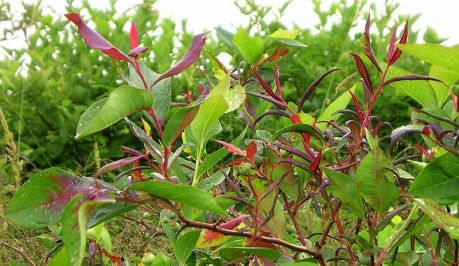Plant virus suppression

Blueberry_shoestring_virus_symptoms
Credit for photograph must be given to Dr. Mark Longstroth and Michigan State University Extension [CC BY-SA 3.0 (http://creativecommons.org/licenses/by-sa/3.0)], via Wikimedia Commons
RNA silencing is an ancient defence mechanism of plants against viruses. Harnessing the genetics of this process may enable scientists to control viral infections in valuable crops.
During evolution, viruses have developed mechanisms to negate the RNA
silencing pathway by expressing viral suppressors of RNA silencing
(VSRs). The EU-funded MEVISP (Genetic, biochemical and cell biological
mechanisms of virus silencing in plants) project made use of viral
strains with impaired VSR function to investigate as yet unknown
mechanisms of virus silencing.
To follow the elements of silencing pathways, the researchers used fluorescent protein tagged reporters and live cell microscopy. Immunological techniques also helped identify the location of key molecules.
Research results revealed that the major anti-viral protein, Dicer-like protein DCL4, is in the cytoplasm and its action is governed by alternative messenger RNA isoforms under epigenetic regulation. Furthermore, they observed that silencing components change their location during viral infection.
Work to develop a mutagenesis screen to discover new genes that mediate virus defence came across problems due to the choice of virus. A second virus was selected that was not prone to transgene instability in preliminary tests and work is in the final stages.
MEVISP researchers have collaborated with international labs and the plant lines/varieties generated will be released to the scientific community to expand work on virus silencing.
Besides opening up possibilities for new virus-resistant plants, the research will extend knowledge on gene regulation during seed development. Applications include enhancing food security through more sustainable agronomics and land usage.
published: 2016-03-09

